I have a function given by a list of points, ex:
f = [0.03, 0.05, 0.02, 1.3, 1.0, 5.6, ..., 13.4, 12.45]
I need an algorithm (with linear complexity) to "cut" this function/list into K intervals/sublists so that each interval/sublist contains points that "lie near a line segment" (take a look at the image)

The number K may be decided either by the algorithm itself or be a parameter of the algorithm. (preferable is to be decided by the algorithm itself)
Is there such a known algorithm I could use ?